

Though it’s called black, the Helleborus niger flower is a pristine white color!
Black hellebore key facts
Botanical name – Helleborus niger
Common name – black hellebore, white hellebore, Christmas rose
Family – Ranunculaceae
Type – perennial grassy flower
Exposure – shade to part shade
Soil – rich, clayish, cool
Planting – fall or spring
Height – 1 foot (30 cm)
Foliage – evergreen
Blooming: mid-winter → early spring – Toxicity: very poisonous plant
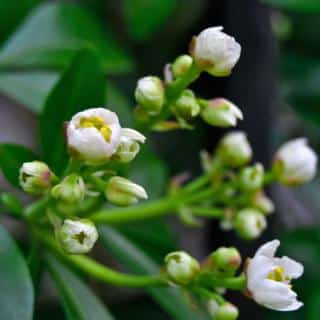
Spring foliage of this variety starts off bright emerald green, then slowly deepens to a deep jade color. Leaves are lobed, rather large, and lightly serrated (tooth-rimmed). January is when the blooming starts in earnest: magnificent white flowers appear, with waxy, round petals that slowly change to a pinkish hue with time.
Helleborus niger should be planted in fall or spring. This flowery grass loves growing in shaded or partly-shaded portions of the garden, where it’s cool and moist. It favors clay soil, loamy clay and clayish loam, as long as it stays cool and, preferably, rich. If the soil drains well, a thick layer of mulch should protect the plant against drought, since it locks moisture in.
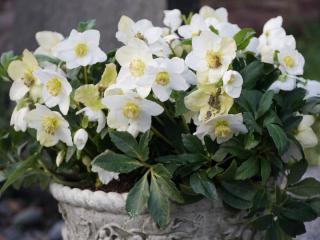
Dividing the clump is the easiest and most effective method to propagate Christmas rose.
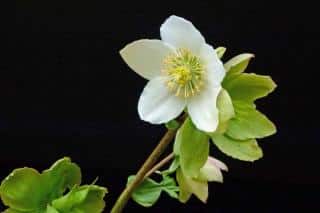
In spring, after the blooming, divide the clump with a single cut from a spade. Ensure proper watering during the summer that follows the division, this will help the wounded portion cope since it has less roots to rely on. You can also perform clump division for black hellebore at the end of fall. In that case, you probably won’t get any flowers during that first winter on the new plant.
Recent seeds sprout easily. You might discover self-sowed seeds sprouting around the mother plant, under the protective leaf cover. Sow your black hellebore seeds in nursery pots, sometime between August and September. Cover them with half-an-inch of soil (1cm). Place your seedlings in a very moist, shaded part of the garden. Transplant young Christmas rose sprouts to their final growing spot in April of the following year.
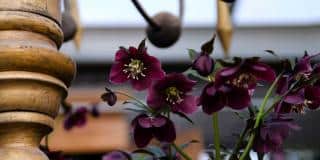
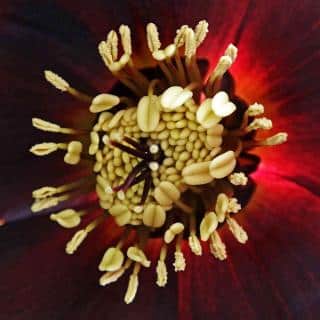
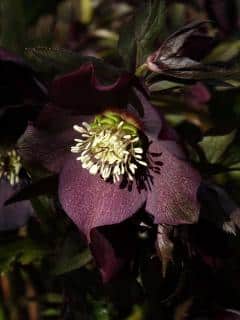
Its black color is slate blue with violet tinges and is identical to that of Helleborus Orientalis ‘Black’.
The blooming has several rows of thick petals, again with a heart of nearly white stamens.
Another cultivar, the ‘Black Chocolate’, bears simple cup-shaped flowers with deep brown petals that also near on black. Again, they mark a stark contrast with the light-colored stamens. For this variety, the foliage also occasionally presents a deep violet color.
To learn more, read: